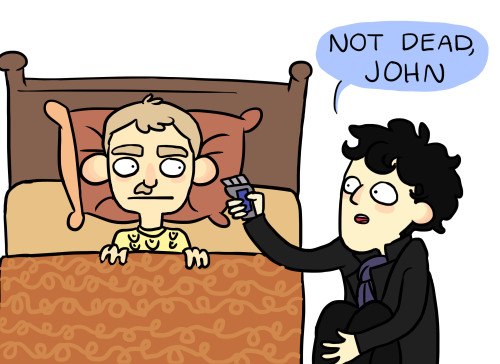European History with Kaya
Sept 23, 2010 14:38:03 GMT -5
Post by Meeka on Sept 23, 2010 14:38:03 GMT -5
Uh... so I saw quite a lot of you guys doing this and I thought it wouldn't be bad to try and study like this. I think it would even make studying fun. (Imagine that!)
Alright. So, World War II.
World War what? You mean, there were two wars with the same name?
UH... yeah, kind of like that. You know, you're supposed to be helping me with this.
You should have chosen one of your academically more talented characters, really.
Oh, come on. It can't be that difficult. Just, here, read this book. Whoa, heavy book! Geez, that's like three hundred pages about a country called Europe!
It's a continent, Kaya. It's what existed before Panem and all of that -
Huh-?
Nevermind. Nevermind.
Oh, okay, fine then. So what am I supposed to be helping you with?
Flip to the appendix and look up the Battle of Stalingrad, can you do that?
I'm not stupid, you know, you created me, you're going to have accept all of my flaws as well. There! Found it!
Oh good, let me see.
In the summer of 1942, after the Operation Barbarossa failed, Adolf Hitler chose to attack Russia again using one of his best armies. This army was called the 6th Army and the commander of the army was called Friedrich Paulus. This army was given orders to seize the city of Stalingrad. By doing this, the army would heavily impact Russia's economy since the main railroad stations and river would be cut off. See, there's this river right next to the town called the Volga river. By cutting this off one of the main rivers would be useless to the Russians. So the Germans naturally thought they had Stalingrad occupied perfectly. So Hitler sent General Paulus and 250,000 soldiers to Stalingrad.
So there is really no way for the Russians to win, right?
Ah, there is the problem. What the Germans did not realise was that the Russians were strong and used to the harsh Russian winter. So Urban fighting began, also called "Rattenkrieg" or "Rat war" by the Germans. The Russians and Germans fought for every last house, mall, sewer and so on. Finally on the 26th of September, the sixth Army hoisted the swastika flag over the Red Square, the main square in Stalingrad.
Sort of like our District Squares?
Yes. Well, no. Don't distract me! Anyway... so it looks as though Germany won and their launched attack on Stalingrad was successful. Again, the Russian soldiers and the civilians in the town proved to be stronger than given credit for. They continued to fight. There were more casualities on the Russian (or Soviets) side than on that of the Germans, but unlike Paulus, Stalin had more soldiers since the fighting was taking place in Russia. So he sent in more soldiers.
Look! Here it says that the average life expectancy of a Soviet solider was up to three days in Stalingrad!
Yes! So you can see how bad and bloody the fightings were. But Stalin was able to send in more soldiers every day. What happened now is that Paulus' Sixth Army had occupied around 90 % of Stalingrad. But as October turned into November, the rain turned to snow. The Russians were more used to having to live off of very little food and they weren't as surprised by the freezing winter as the Germans. Paulus' army was quickly running out of food. People were straving every day. Paulus still attacked the Russian army, despite his soldiers dwindling in size. The Russian response to this attack was devastating for the German army and then they were encircled.
So now it looks as though the Russian army is doing much better than the Germans! Oh... look here! The German army was put on rations and starved. Oh, they ate their horses to survive.
While that is fascinating, that is going off topic! So Paulus and his army wanted to surrender to the Russians, weakened by now from hunger and frostbite. Adolf Hitler realised this too and promoted Paulus to Field Marshall.
Why would he do that?
It says here that both Hitler and Paulus were aware that no German Field Marshall had ever surrendered before. So basically Paulus either had to continue to fight, or commit suicide, rather than being captured by the Soviet Army. But he surrendered and fighting went on for a few days afterwards since some Germans still did not want to give up. Finally though, the Soviets had Stalingrad back in their control.
So how many people died?
1,129,619 on the Soviet side and 850,000 of the Axis powers died in the siege of Stalingrad.
Wow... that definitely puts the 23 in the Hunger Games into perspective.
Are you actually defending the Hunger Games?
What? No. I did not mean it like that, I meant... whatever. You get what I mean. So all in all, the battle of Stalingrad cost a lot of lives. So how was it important?
It was important because it was a spark towards Soviet victory. Their morale was boosted considerably while Hitler was left having to figure out how to explain two epic failures to the German citizens. Though it would take another two years for the World War to be over and millions and millions of more lives. But it was important for Soviet victory.
I am so pumped for History class tomorrow now. Haha. This is an amazing idea actually. I don't think I have ever written enthusiastically for History class before.






























































